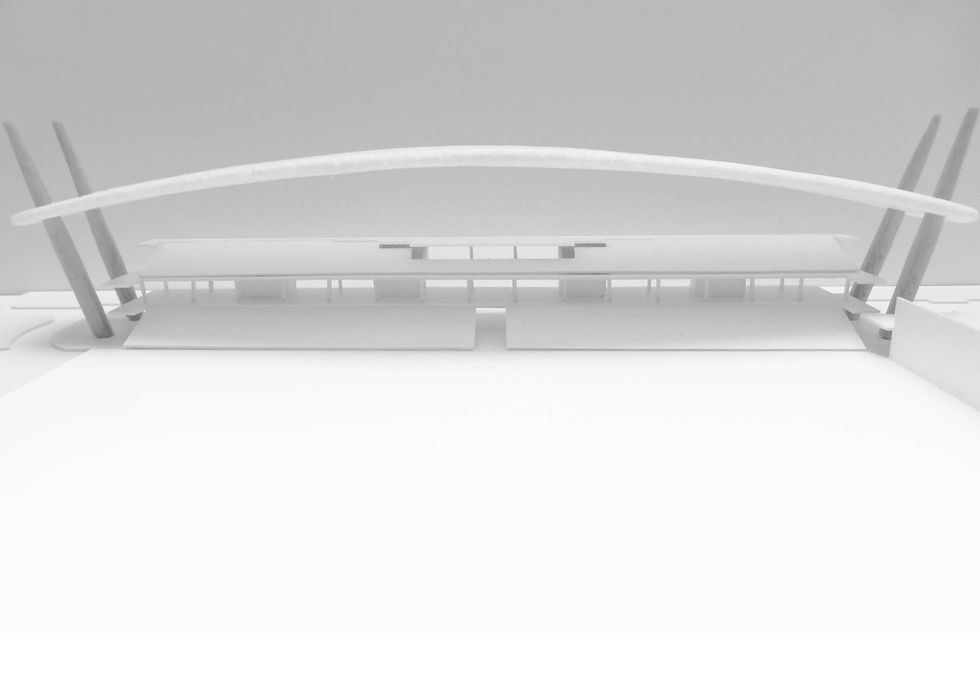top of page
This thesis looks at the topic of conservation in Singapore, particularly in the case of a special category of buildings – stadiums. Although stadiums are an important public space in the collective memory of a community, they are often demolished prematurely due to rapidly changing functional requirements, advancements in technology, as well as the need to project a city’s image in the global sporting industry. Coupled with Singapore’s obsession with new and shiny icons like the Singapore Sports Hub, any building that falls short of being classified as a ‘National Landmark’ will often be replaced promptly despite outcries from the public. As a critique on the city’s selective erasure of history, the approach of this thesis counters the young nation’s preoccupation with new transformations. The design project therefore takes the Jalan Besar stadium, remembered as the birthplace of Singapore’s football, to explore the viable possibility of a stadium’s conservation. Proposing a possibly different endpoint of a stadium’s lifespan, the intervention conserves the old building that has held meaning not only to the football community, but to the surrounding community that works and lives just adjacent to this stadium. The stadium is one of the few prominent landmarks left in the area still surviving, and is therefore positioned as an integral public space in its surrounding urban fabric. In essence, the proposition welcomes old communities within Jalan Besar to appropriate the conserved building, and displays an alternative to redevelopments that commercialise and strip any sense of a past. Hence, through returning this public space.
bottom of page






